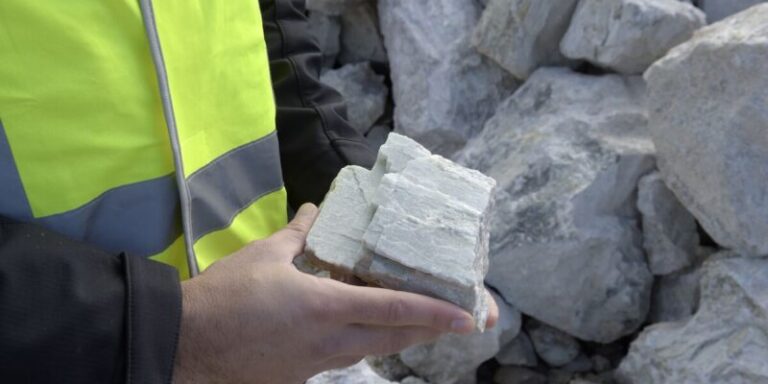
North American graphite miners are urging the US government to impose a 25% tariff on three graphite products sourced from China, aiming to challenge Beijing’s monopoly on a crucial material essential for automobile batteries.
If successful, this initiative would escalate tensions between the miners and their primary customers – the original equipment manufacturers (OEMs) – and exacerbate existing trade frictions with China, which holds significant control over critical metals used in electric vehicles and other motorized applications.
The US government is poised to make a decision in May regarding the inclusion of graphite in the list of minerals subject to the higher Section 301 tariff.
This tariff, implemented by former President Donald Trump’s administration, targets China’s practices related to technology transfer, intellectual property, and innovation, which were deemed unreasonable and discriminatory.
Graphite, a key component in electric battery anodes, was previously exempt from tariffs due to China’s dominant position, accounting for 70% of global output.
However, North American graphite manufacturers argue that unrestricted imports from China undermine their ability to secure project financing, as OEMs opt for cheaper Chinese graphite, bypassing offtake agreements with domestic miners.
The OEM lobby opposes the proposed tariff hike, citing concerns about competitiveness against Chinese auto manufacturers in the absence of a reliable North American supply chain.
Nevertheless, North American graphite miners stress the importance of trade protections to mitigate China’s capacity to flood the market with low-cost graphite, which hampers their ability to establish a sustainable supply chain.
Hugues Jacquemin, CEO of Montreal-based Northern Graphite, emphasizes the necessity of securing project financing to facilitate the development of a North American supply chain, highlighting the critical role tariffs play in leveling the playing field.
The push for tariffs on graphite underscores broader efforts by Western countries to reduce dependence on China for critical minerals essential for energy transition.
Beijing’s recent controls on graphite exports further highlight the strategic significance of securing diversified supply chains.
Erik Olson, spokesperson for the North American Graphite Alliance, stresses the imperative of enacting trade protections to counter China’s dominance in the graphite market, advocating for measures to safeguard national interests and ensure market stability.
As the US government deliberates on the inclusion of China-sourced graphite in the Section 301 list, the outcome will have significant implications for the future of North American graphite miners and the broader energy transition landscape.






